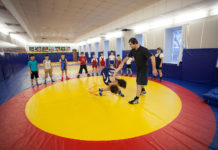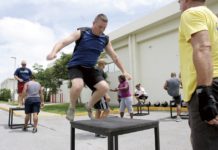Some novice and experienced athletes find that their abs, even with regular training, are far from ideal. Moreover, it seems that the stomach is getting even bigger. Some of the trainees continue to persistently train the problem area, someone quits the press workout, and someone is meticulously looking for the reasons for such muscle "whims". Let's take a closer look at one of them - diastasis. This is the divergence of the abdominal muscles relative to the central axis, or the so-called "white line" formed by the fibers connecting the muscles.
Content
- 1 How to determine
- 2 The main principle: do no harm!
- 2.1 Rating of the best abdominal trainings successfully used against diastasis, for weight loss and general strengthening of the muscle corset.
- 2.2 Vacuum
- 2.3 Exhales
- 2.4 Lying Pelvis Raise
- 2.5 Side bar
- 2.6 Twisting with a towel
- 2.7 Sliding leg curls from a prone position
- 2.8 Wall squats
- 2.9 Hula Hup
- 2.10 Lying leg extension
- 2.11 Prohibited exercises
- 3 Running: is it possible or not?
- 4 Doctor's advice
How to determine
You can diagnose diastasis yourself, but after a home diagnosis, it is better to consult a doctor in order to fully confirm or deny the presence of a problem. The home method looks like this: lie on a hard, flat surface (preferably on the floor) so that your back is completely adjacent to it, legs bent at the knees stand with full feet on the floor. The left hand is under the head, the right hand is in the navel. Now we raise our head to the tension of the press, at the same time with our fingers we feel the stomach along the middle axis, smoothly immersing our fingers into it. A large depression, clearly palpable by the fingers between the muscles, is diastasis. The stage is determined by the width of the valley:
- Stage I - discrepancy up to 5 cm;
- Stage II - discrepancy from 6 to 9 cm;
- Stage III - discrepancy of 15 cm or more.
The discrepancy is due to weak internal muscles of the press - yes, we have such. The location and appearance of the abdominal muscles depends on their condition. For this reason, diastasis is most common:
- In women in the postpartum period:
- after a cesarean section;
- during the second and subsequent pregnancies.
- For weightlifters and powerlifters working with heavy weights.
In mummies, the fetus presses on the abdominal wall, stretching the connecting fibers, and with a cesarean section, there is a high probability of dissection of these fibers, which leads to a loss of elasticity and the loss of their main function - muscle fixation.
In athletes working with large weights, the abdominal wall and the internal muscles of the press have an excessive weight load, which the rest of the muscles simply cannot handle - especially the back. Axiom: a weak, not trained back - an increased likelihood of developing diastasis.
Bad news: at stage III, abdominoplasty exercises are practically useless, it is recommended to resort to abdominoplasty. This is a surgical intervention that restores the normal distance between straight "cubes" of the press, we will not dwell on it here. Now the good news: stage I and II correction and tummy tuck without surgery are quite real.
The main principle: do no harm!

Many, especially girls, zealously start to pump the press, trying to restore shape as quickly as possible. As a result, the initial stage very quickly turns into the second, and the result of vigorous activity can be the third, operable stage and even a hernia.Therefore, before eliminating the problem, you need to know exactly which exercises can be done and which are categorically contraindicated.
How to choose the best options for yourself and create an individual complex, a doctor or trainer with a medical education will tell you, who can be contacted with a request to draw up a training program for abdominal correction. An experienced trainer can give advice on how to exercise correctly in order to remove diastasis without overloading the internal muscles and without reducing the dynamics of recovery, and will help you choose the type of exercise individually. The main thing: you need to make sure that he is competent in this matter and has real experience in correcting this problem.
And first:
Rating of the best abdominal trainings successfully used against diastasis, for weight loss and general strengthening of the muscle corset.
It is better to start with exercises that train the internal muscles of the press and the abdominal wall. They will prepare the internal muscles of the abs for the next level of stress, so as to minimize pain in more serious training options, increase the effectiveness of the next stage of training and not make the problem worse.
Vacuum
This exercise is absolutely safe, suitable even for mothers after childbirth, at the same time it perfectly strengthens the internal muscles and the abdominal wall. You can perform a vacuum in any position: sitting, standing or lying down. Pull in the stomach as much as possible, as if trying to reach the spine with the navel, stay in this position for 20-30 seconds, then smoothly relax the press. You can gradually increase the delay time to 40 seconds.
Advantages:
- Safety and proven effectiveness.
Disadvantages:
- The result is not immediately noticeable, for a long time it will seem that there are no improvements at all.
Exhales
It is also performed from any position. Take a deep breath, while pulling in your stomach, then release air from your lungs in small portions, keeping the press tense.
Important! It is impossible to inhale air “into the stomach”, inflating it - this will create additional pressure on the internal muscles and connecting fibers. We need not to stretch them, but to work them out in order to strengthen them.
Advantages:
- Ease and versatility of execution: anywhere and in almost any position.
Disadvantages:
- The effect is also imperceptible visually, which creates a certain psychological problem - it seems that the exercise is completely useless.
These two training options maximize the use of the internal muscles of the press. They should be performed daily, giving each one at least 5 repetitions of 2-3 sets. The duration of the course is from 1 to 2 months. The first two weeks it is better to perform only them, then, focusing on your own feelings, you can gradually add more intense trainings to them. After three weeks from the beginning of training, one exercise can be included in the complex, and after another week - the second. A review of the most effective of them was compiled in 2020: two-thirds were successfully used for the treatment of diastasis in the middle of the twentieth century and are still relevant due to their effectiveness and safety. But research continues, which means that new trainings are emerging, the benefits of which are confirmed by an ever-increasing number of patients who have tried them directly on themselves.
Lying Pelvis Raise
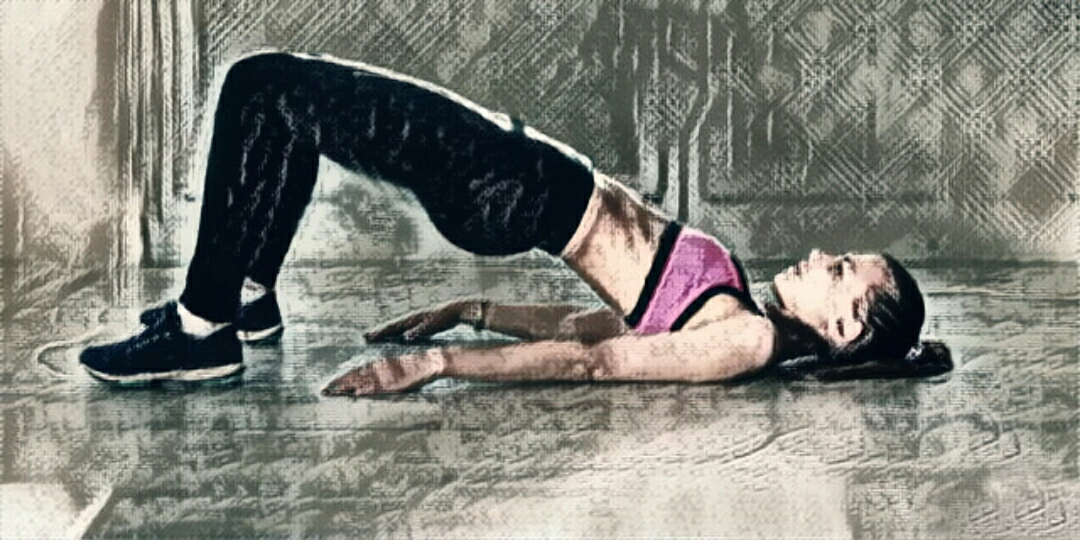
Recommended in some cases with diastasis and umbilical hernia. Performance:
- Lying on the floor, arms extended along the body, legs bent at the knees;
- As you exhale, raise your pelvis so that your legs to the knees form a straight line with the body, while inhaling, lower yourself to the floor.
In the future, you can increase the load by lifting one leg together with the pelvis so that it forms a straight line with the body, or put it on the thigh of the supporting leg.
Important! In the presence of an umbilical hernia, it is performed in a special band * and only after the doctor's permission. With excessive exercise, characterized by discomfort or pain, the level of pelvic lift should be reduced.
Advantages:
- Stimulates blood circulation;
- Can be done at home;
- Included in the rehabilitation complex after surgical removal of the umbilical hernia.
Disadvantages:
- May cause pain.
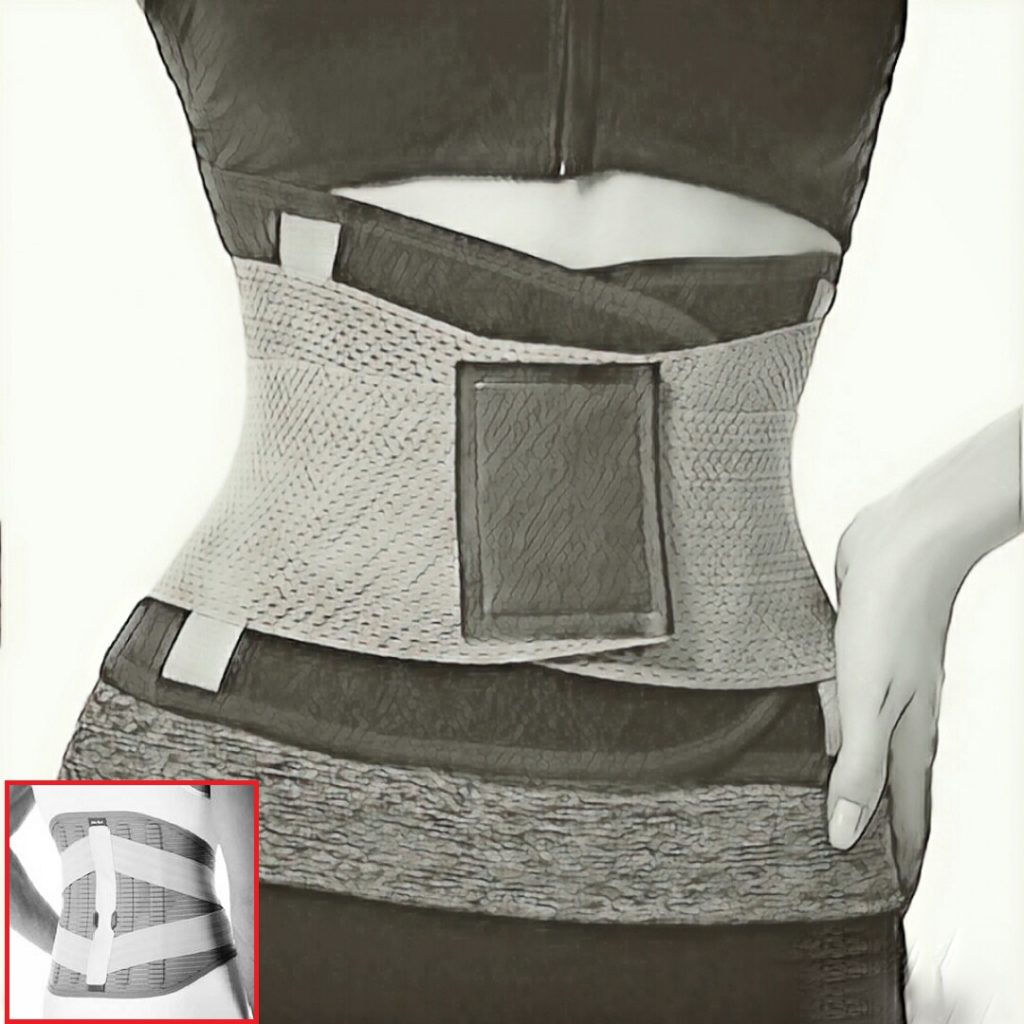
* To choose the right bandage, you need to pay attention to the following selection criteria:
- Functional. Types of bandages are classified depending on what the product is purchased for. For weight loss and correction of diastasis after pregnancy, slim-fit lightweight options are suitable, with more pronounced problems, for example, due to work with large weight loads, it is better to consider rigid bandages-corsets.
- Cost. Here you can navigate by customer reviews and take into account the popularity of models in order to make a comparative analysis on the subject of which bandage is better to buy, in order to end up buying a quality product at a reasonable price. Good quality budget bandages can be found from Russian manufacturers. The best manufacturers of these products, according to buyers, are Germans. Their bandages are the best, meet all the requirements of convenience and functionality, but they will have to pay an order of magnitude higher than for their Russian counterparts.
- Specifications. It is worth paying attention to the material of the product and its characteristics (breathable or more dense), taking into account individual preferences and characteristics, to study the description to understand whether this or that product is specifically suitable for you.
Side bar
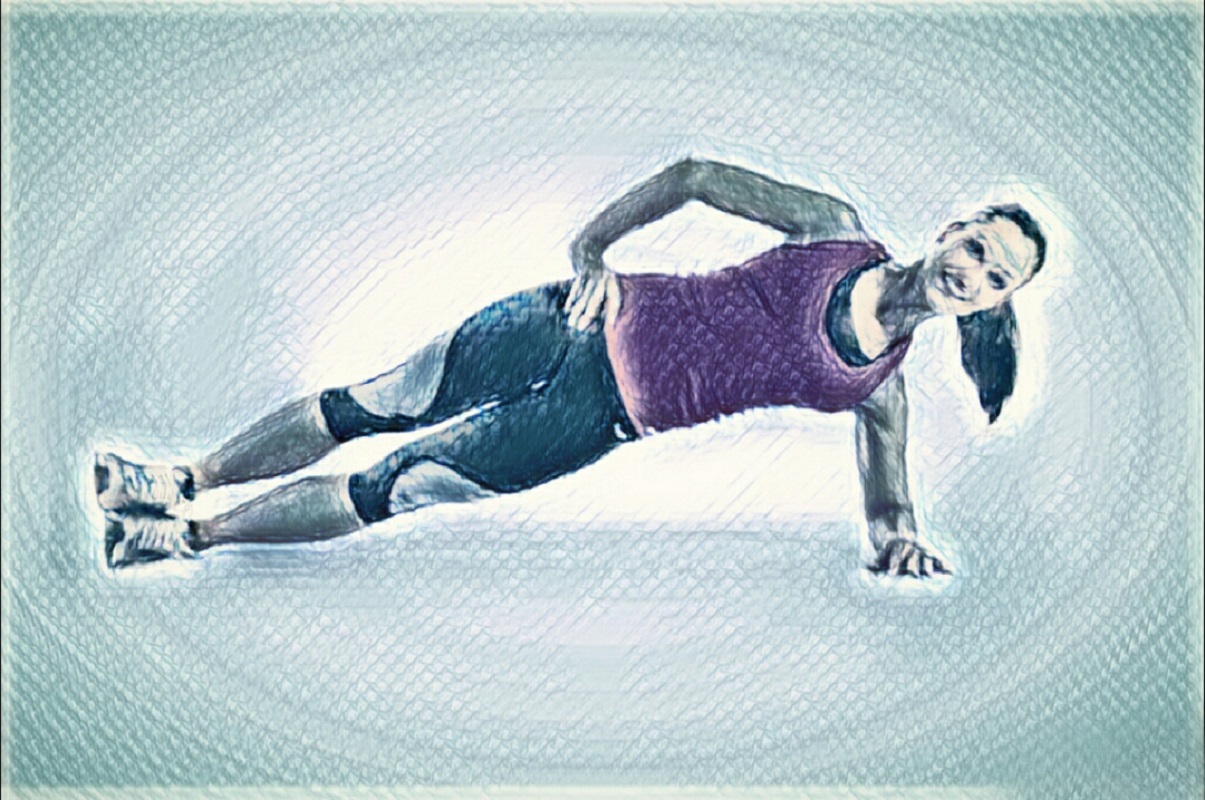
Well stimulates the oblique muscles, which "push" the rectus muscles to each other. We carry out:
- A stand on the elbow and the edge of the foot, the thigh lies on the floor, the other hand can be placed on the thigh or rest on the floor if it is difficult to immediately perform the bar without additional support;
- As you exhale, we raise the hip, trying to make the body form one straight line, while inhaling, we return to the starting position.
Important! If it is difficult to do the plank straight from the feet, you can start doing it with the support on the knees of the bent legs.
Advantages:
- Unlike a standard bar, it does not allow the press to sag;
- Strengthens the lower back.
Disadvantages:
- Should not be used if the muscle frame is severely weakened or has never been trained - it must first be strengthened with lighter training options.
Twisting with a towel
Lighter version of twisting: the towel here reduces the excess load on the press. Performance:
- Wrap your torso with a towel, lie on the floor, holding the crossed ends of the towel in your hands, your legs are bent at the knees, your feet are on the floor;
- On exhalation, lifting the head, neck and shoulders, at the same time pulling up the body by the towel, on inhalation - return to the starting position.
Advantages:
- Strengthens the neck, abs and abdominal wall.
Disadvantages:
- Overexertion of the abdominal muscles is possible if it is weakened or has not previously been trained.
Sliding leg curls from a prone position

This lighter version of the side crunches tightens the lower abdominals. Performance:
- Lying on the floor, legs straightened, arms behind the head;
- On exhalation, the legs are bent at the knees, the feet do not come off the floor;
- Legs bent at the knees drop to the left until touching the floor;
- On inspiration, return to the starting position;
- On exhalation, repeat the movement with the other leg.
Important! In the presence of an umbilical hernia, it can be performed only on the recommendation of the attending physician, if he considers it effective in this particular case. In case of a hernia, be sure to wear a special bandage before starting a workout.
Advantages:
- Involves the rectus and oblique muscles;
- It is recommended for diastasis and umbilical hernia in the initial stage in some cases;
- Included in the rehabilitation training complex after hernia surgery.
Disadvantages:
- If done incorrectly, it can make the problem worse.
Wall squats
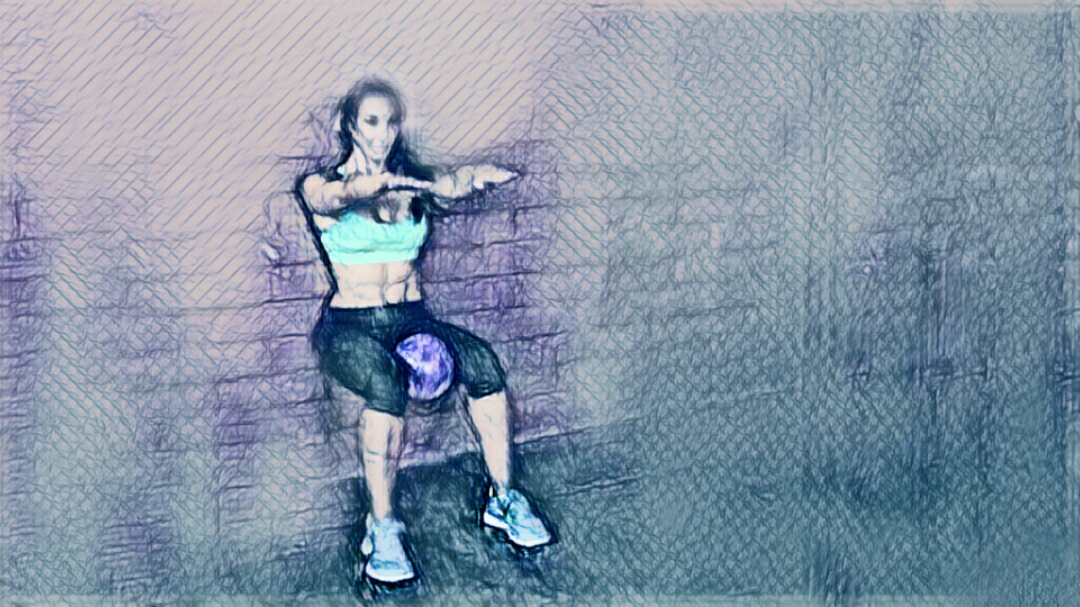
They strain not only the press, but also the muscles of the pelvic region, increasing blood flow. Done with the ball:
- Press your back against the wall to straighten it as much as possible;
- On exhalation, slowly descend to a right angle in bent knees;
- Clamp the ball with your knees and stay in this position for 20-30 seconds;
- Return to starting position with the ball between your knees.
You can purchase a fitness ball or a regular soccer ball. If you have any doubts about which one is better to buy, you can search the Internet for reviews of fitball buyers, or go to the forum: for sure there will be people with a similar problem who have already purchased this projectile for abdominal training. In this case, it doesn't matter which one is better to buy: any option, both branded and inexpensive, is suitable for our purpose - the main thing is that it is tightly pumped with air.
Advantages:
- Increases blood flow in the pelvic muscles, which has a beneficial effect on the internal muscles of the press;
- It statically strains the abdominal wall.
Disadvantages:
- Before including the exercise in the workout, you should strengthen the abdominal muscles so as not to immediately create an excessive load.
Hula Hup

Loads the oblique muscles. The rotation is carried out as usual: an average of 15 minutes in each direction. It is imperative to change the direction of movement in order to obtain a uniform load on the muscles, thereby eliminating asymmetry.
Important! With diastasis of the abdomen, it is better to use a hula hoop without weights and massage balls.
Average price of such hoops small - from 200 to 500 rubles, depending on the material. The functionality is the same for everyone, so you can give preference to the budget model - according to customer reviews, an inexpensive steel hoop is no worse than a more expensive plastic analogue from a well-known manufacturer.
Advantages:
- The hoop massage stimulates blood circulation in both the external and internal abs, contributing to their recovery.
Disadvantages:
- It is ineffective if performed in a single version, it is better to combine it with other trainings.
Lying leg extension
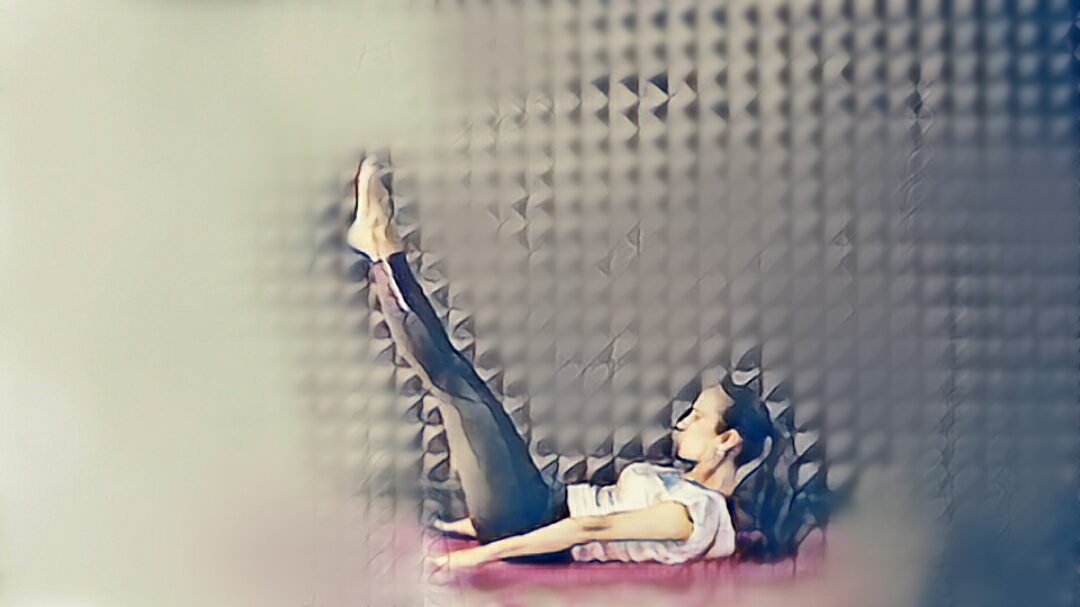
It works well on the external and internal muscles, the load is more static than dynamic, which strengthens the internal muscles. Performance:
- Lying on the floor, arms extended along the body, you can put them under the pelvis to reduce the load;
- The legs are bent at the knees, the lower legs are suspended in parallel with the floor;
- On exhalation, the legs are straightened, at the same time the stomach is drawn in, a delay of 10-15 seconds, on inhalation - a return to the starting position.
Important! In case of excessive tension or pain, you need to stop performing so as not to aggravate the problem.
Advantages:
- Strengthening the abdominal wall and connective fibers.
Disadvantages:
- Effective only in combination with other exercises.
All of the above training options are aimed more at intensive training of the internal muscles of the press, and indirectly affect the external. They can be performed both at home and in the gym, they are versatile and suitable for both women and men. You can change training options in order to increase the dynamics of recovery, since muscle tissue (including internal) gradually gets used to the same type of load, and the effect of them gradually decreases. In this case, you should always listen carefully to your body, focus on your own feelings and doctor's recommendations. Expert advice will help you decide which exercises cannot be done in your particular case, and which are permissible.
Regarding training in the gym with diastasis of the rectus muscles, we can say the following: it is better to train arms or legs using simulators that partially compensate for the load. Such training will improve blood circulation in all muscle groups, training them and indirectly loading the abdominal muscles and strengthening it. For this, the following are quite suitable:
- Adduction and extension of legs in the simulator;
- flexion and extension of the legs in the simulator;
- training with dumbbells or in a power frame simulator for muscle groups of the back, chest and arms.
Prohibited exercises

If intense physical training was practiced before the diagnosis of diastasis, you will have to forget about them for the entire recovery period. There are also general recommendations on which exercises can be done and which are strictly contraindicated. These recommendations are relevant regardless of the stage of diastasis.So, what exercises cannot be done in any case:
- standard plank face down;
- all types of twisting, including lifting the legs while hanging or lying down;
- twisting with weights or with a roller;
- all exercises in the knee-elbow position;
- twisting on a large fitball (ball).
The same goes for any resistance exercise:
- squats;
- bench press;
- deadlift;
- bench press;
- pull-ups;
- hyperextension in the simulator;
- jumping (including jumping rope);
- swing legs with weights.
Running: is it possible or not?
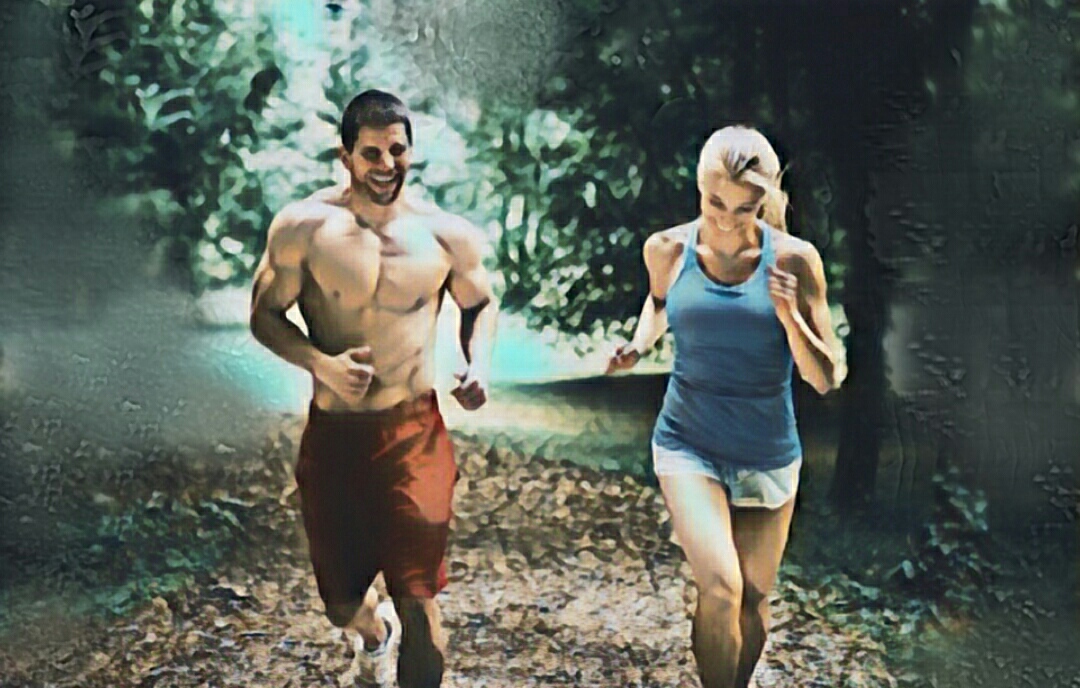
Jogging or walking on ellipsoid are quite acceptable. Better, of course, to transfer these loads to fresh air; for this, instead of an ellipsoid, you can consider the option of Nordic walking. During cardio loads, blood flow increases, when performed in the fresh air, muscle fibers are more actively saturated with oxygen, receiving an additional reserve for regeneration. Only one should focus not on the duration, but on the frequency and regularity of such loads. Running 20 minutes every other day or daily will do more benefits than a 2-hour marathon once or twice a week.
It is important to remember: all trainings are carried out in a controlled manner, as smoothly as possible. No jerks and swings - only verified, calm, complete movements. Otherwise, the problem can be exacerbated. During execution, it is imperative to control the press, slightly sucking in the stomach so that a slight tension is felt. It is unacceptable to relax the abdomen so that the muscles sag.
You should train in 3-4 sets from 5 to 10 repetitions, depending on the state and sensations, gradually increasing the number of repetitions to 12-15.
Doctor's advice

It is recommended to break the training period into time intervals of 2 to 3 weeks. At the beginning and at the end of each interval, you can take measurements of the problem area and photos before and after - this way the positive dynamics will be clearly visible, and motivation to continue training will appear.
Control your feelings, in no case do training through pain, do not act according to the principle: "Take more, throw more." In this case, it will only exacerbate the problem.
Revise your diet, include fiber, fruits and vegetables in it - a malfunctioning intestine will slow down the process of muscle recovery.
More outdoor activities - the benefits of oxygen in recovery have already been discussed in the section on cardio loads.
Have patience. Muscle recovery is a long process, in this case aggravated by a violation of the tissues of the internal muscles, so you need to immediately tune in to long, methodical work. The first improvements will appear no earlier than 1.5 months after the start of training; it will be possible to completely restore the abdominal muscles in an interval of 6 to 9 months.
And the main thing is to remember: the road will be mastered by the one walking. It is necessary to use the hidden reserves of our own body, which we sometimes do not even know about, unfairly neglecting them. You need to become a sculptor of your own body, gradually improving it every day, and believe in the result - only then you can achieve the goal.


